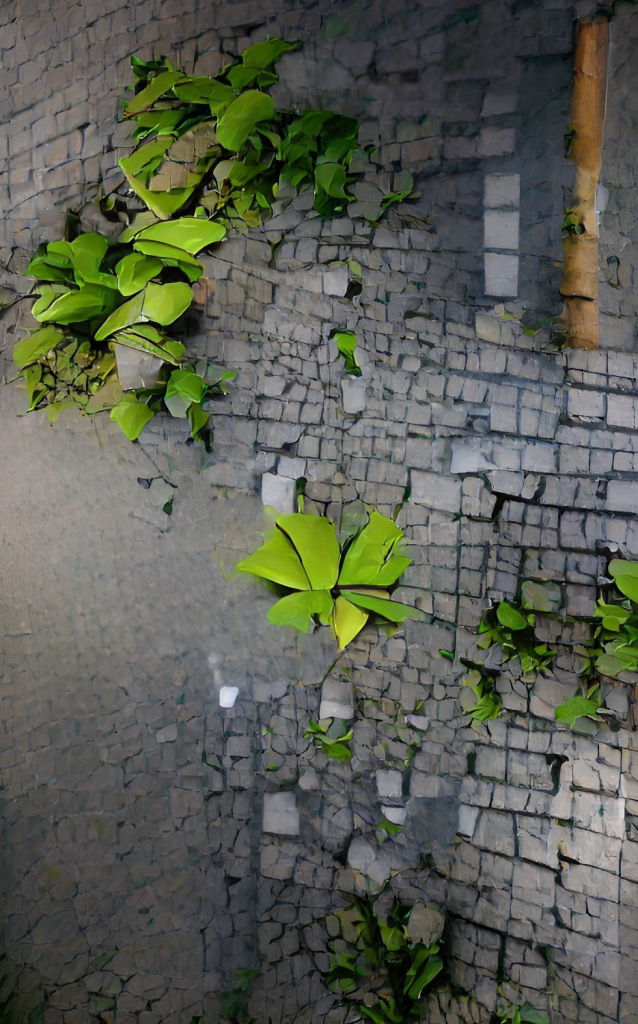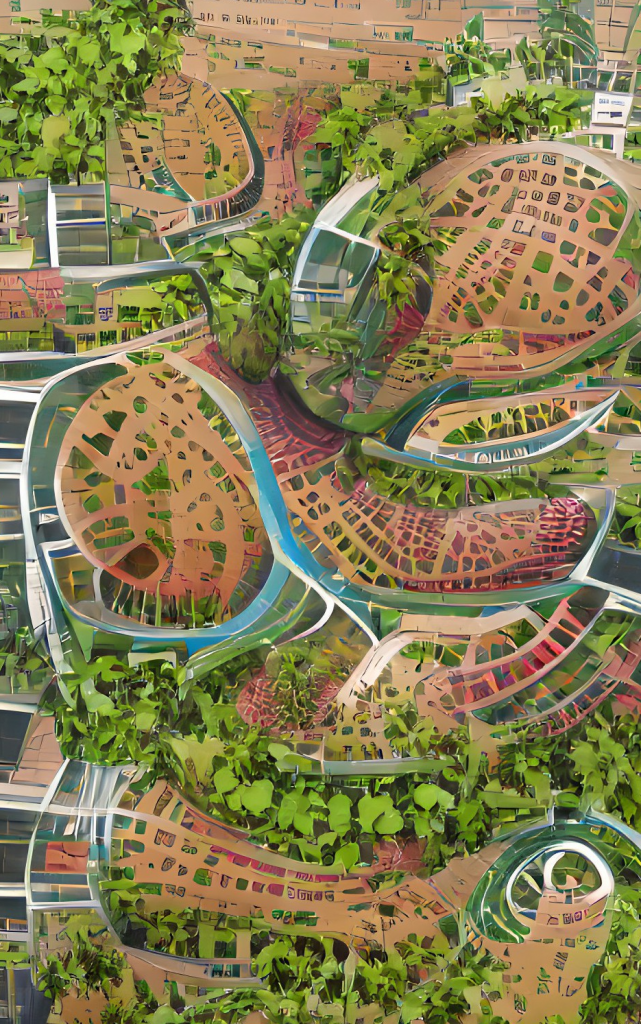Seven imperatives for ecological urbanism
By Russell Galt, Head of Urban Alliance
Ecological urbanism—which the International Union for Conservation of Nature (IUCN) defines as “urbanism that places nature at the heart of the design process”—is firmly in vogue. Across the world, businesses, governments, and civil society are talking up the benefits of healthy urban ecosystems. Nature-based solutions are growing in popularity as cost-effective responses to pressing urban challenges. From New York to Nairobi, pockets of success abound to tell the tale.
The sprawling periphery of your hometown probably paints a different picture: identikit housing in low-density car-centric configurations; hyper-manicured green spaces bereft of biodiversity; atomised families entrenched in unsustainable lifestyles; architectural tributes to loneliness and depression; children denied their right to roam; age-old mistakes repeated unashamedly; a lazy kind of urbanism apathetic to people and wildlife. Clearly, it will take far more than ‘pockets of success’ to scale ecological urbanism and wholly transform our cities – but what?
From extensive deliberations with IUCN Members, Commissions, and National Committees on this very question, seven imperatives have emerged, providing strategic foci for our urban endeavours. This article presents the rationale for each of these seven imperatives as well as indicative examples of our work to date.

Firstly, we must educate city shapers. Far too many people who are busy designing, planning, building, managing and governing our cities know far too little about ecology. This is deeply problematic because cities are ecosystems. As an analogy, consider medieval surgery. We might ask, how were medieval surgeons able to operate on human bodies when they knew so little about physiology? Not easily and it often ended badly. How then are city shapers—architects, engineers, investors, developers, planners, designers and policymakers—supposed to operate on cities knowing so little about ecology? We are all familiar with the botched results. It’s high time to make ecological literacy a prerequisite for city-shaping.
Example: IUCN and Google Urban Ecology Program are supporting the San Francisco Estuary Institute (SFEI) to create a digital toolkit entitled Making Nature’s City. The toolkit, due for launch in mid-2022, builds on an earlier report that articulates science-based elements for building urban biodiversity, namely, patch size, connectivity, habitat diversity, matrix quality, native species, habitat management, and special resources. The intention is to present these elements in a way that can be readily understood by city shapers.

Secondly, we must ally with culture-makers. Patrick Geddes once noted, “A city is more than a place in space, it is a drama in time.” If we are to reach the scale of the audience with the speed required to bring about whole-of-society transformative change, then we must embrace the drama and work hand-in-hand with culture-makers – poets, musicians, artists, writers, photographers, the creatives who are naturally adept at capturing and moving hearts and minds. Throughout history, they have been the catalysts of every great social or ideological movement. We need them to catalyse ecological urbanism.
Example: IUCN is actively promoting a ‘NatureCulture Agenda.’ Last year, we partnered with Edinburgh College of Art to help a group of talented Masters students produce a series of seven experimental short films exploring the theme of ecological urbanism. The students’ films raised and addressed questions of control, pollution, shared spaces, and displacement.
Thirdly, we need to empower communities to shape their own neighbourhoods. There’s compelling evidence to suggest that urban people want more nature in their lives. For example, a 2020 WWF survey found three-quarters of Scots to “want more green spaces available across Scotland.” It stands to reason: if communities were empowered to shape their own neighbourhoods—for instance, through deliberative democracy which includes participatory planning, participatory budgeting, and co-design—then markedly more ecological forms and patterns of urbanisation would emerge.
We can draw inspiration from Iceland. In the aftermath of the 2008 financial crash, the capital Reykjavik adopted a pioneering programme to empower citizens to submit, debate and vote on ideas for improving their city. The ‘Better Reykjavik‘ programme has remodelled the city in fascinating and progressive ways. We can also look to the Brazilian city of Porto Alegre where since 1989, participatory budgeting has been implemented. Every year, some 50,000 citizens participate in the process of deciding how to spend 20% of the municipal budget. The results? A massive shift in spending towards the poorest neighbourhoods; a decline in corruption and crime; improved water supply; cleaner rivers; and upgraded parks and greenspaces.
Example: The Restoration Opportunities Assessment Methodology (ROAM) was developed by IUCN and the World Resources Institute to provide a flexible and affordable framework approach for countries to rapidly identify and analyse forest landscape restoration potential and locate specific areas of opportunity at a national or sub-national level. Having been successfully implemented in the City of Kigali, Rwanda, efforts are now underway to deploy ROAM in cities globally with a view to exacting new and additional pledges to the Bonn Challenge – a target to restore 350 million hectares worldwide by 2030.

Fourthly, we must defend environmental rights. According to the United Nations Human Rights Council, access to a clean, safe and sustainable environment is a universal right. Urban nature can no longer be regarded as an accessory; it’s a necessity! The evidence is crystal clear. Access and exposure to high-quality nature are essential for human health and wellbeing.
Example: IUCN has been collaborating with the University of Cambridge to help build the knowledge base on environmental human rights and urban nature. Together with Mexican political scientist Ines Hernandez, we have been exploring legal precedents, foundations, constraints, prospects and implications for local governments to adopt a rights-based approach to urban ecological planning. This is very much in the spirit of the IUCN’s NatureforAll campaign – “a global movement to inspire love of nature.“
Fifthly, we must fix market failures. Ecosystem services tend to occur as common or public goods, i.e. they are non-excludable. That is party why they suffer from chronic underinvestment. The good news is that we can fix market failure. We can improve zoning and planning. We can use market-based mechanisms including taxes, fees, financial incentives, subsidies and grants. We can internalise negative externalities and put nature on the balance sheet by accounting for natural capital. In cities across the world, innovative financing models—for instance, green municipal bonds, land value capture, and business improvement districts—are showing tremendous promise for advancing ecological urbanism.
Example: Global financial architecture is built around sovereign states. As such, local governments can have difficulty accessing international development funds and raising capital for major projects. This constrains their ability to upgrade infrastructure, embrace ecological urbanism and transition to a green economy. To help address this challenge, IUCN is partnering with Pegasus Capital Advisors, BNP Paribas, Gold Standard, and R20 – Regions of Climate Action, to create the Sub-national Climate Finance Initiative, a novel global funding instrument to mitigate climate change and strengthen community resilience projects, with an initial commitment of up to US$ 150 million from the Green Climate Fund.
Sixthly, we must share knowledge liberally. Robert Noyce once noted, “Knowledge is power, knowledge shared is power multiplied.” To take ecological urbanism to scale, we must gather and share our knowledge through powerful networks and communities of practice.
Example: Together with the World Bank, IUCN jointly coordinates PANORAMA Cities which comprises hundreds of inspiring, impactful, and scalable solutions drawn from across the conservation and development sector. These include the establishment of “water funds” to restore catchments around drought-stricken cities; the use of “land value capture” to finance sustainable transport infrastructure; the retrofitting schools to ensure earthquake-readiness; the creation of pollinator habitats on high-rise rooftops; and downtown ‘bioblitzes’ involving scores of citizen scientists. We encourage practitioners to use the platform to share and reflect on their work, source ideas and insights, and connect with and learn from each other.

Finally, we need to measure performance. Measuring and monitoring are essential to the effective management of natural capital by cities. Qualitative and quantitative indicators can convey valuable information on the status and trends of natural capital stocks, the flows of services they generate, the efficacy of conservation measures, and the impacts of urban consumption on nature globally. As the saying goes, “What gets measured gets done.”
Example: IUCN has recently unveiled a new knowledge product, the IUCN Urban Nature Index, to help cities measure and track their ecological performance across three realms: urban, bioregional and global (i.e., tele-coupled). Developed with the support of Urban Biodiversity Hub and dozens of local government, the index is intended to enhance environmental transparency and accountability, facilitate goal setting and catalyse conservation action. IUCN Members have expressed political support for the index by way of the Marseille Manifesto, the key outcome document of the recent IUCN World Conservation Congress. The manifesto comprises a bold commitment “to expand universal access to high-quality green spaces and to enhance urban biodiversity in 100 cities, representing around 100 million citizens by 2025, and assessing their impact according to the IUCN Urban Nature Index.”
The time has come to reset our relationship with nature; to reign in our bloated economies to within planetary boundaries; and to reimagine our cities as living, breathing, regenerative systems. By acting on these seven imperatives, we can more rapidly scale ecological urbanism and, in doing so, give expression to an ecological civilisation.
